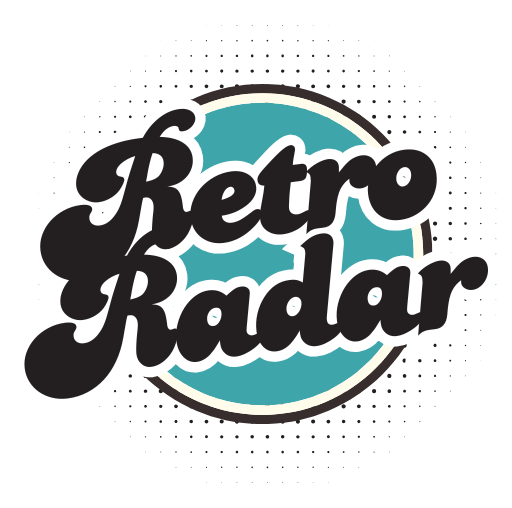15 Retro Phone Book Features That Will Blow Gen Z’s Minds

Buckle up, dear readers, because we’re about to take a nostalgic joyride back to a time before smartphones, Google, or even speed dial — welcome to the era of the retro phone book!
Yes, those hefty, yellow-paged tomes that once thudded onto doorsteps like bricks of pure information gold. For anyone who grew up with rotary phones, cassette tapes, and shoulder pads, the phone book was more than just a directory — it was a household essential, a problem-solver, and, let’s be honest, a makeshift booster seat in a pinch.
Flipping through those crinkly pages was like exploring a pre-digital internet, with listings for everything from pizza joints to plumbers.
So, prepare for a dose of analog amazement as we revisit 15 unforgettable features of these bygone behemoths — the quirks, the odd ads, the emergency numbers, and more — that are sure to leave Gen Z’s brows raised and jaws dropped.
1. Printed Directories
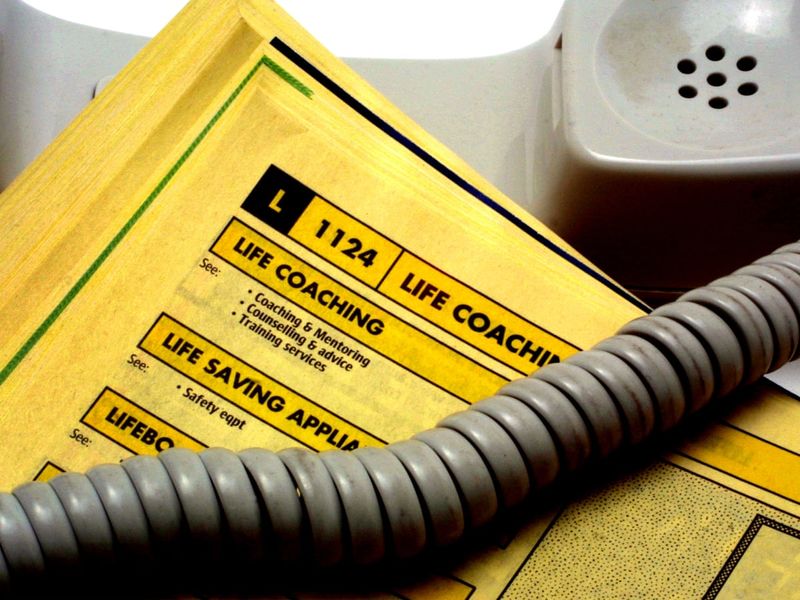
Remember the days when you had to do a full-body workout just to lift a phone book? Ah, the memories! These printed directories were the Google of yesteryear. Each page was filled with names and numbers, a labyrinth of information waiting to be explored. If you wanted to call Aunt Mildred or your local pizzeria, this hefty tome was your go-to guide.
Back then, flipping through a phone book was an adventure in itself. The smell of ink and paper, the sound of pages turning—pure nostalgia. And let’s not forget the satisfaction of finally finding that elusive number. It felt like winning a mini treasure hunt!
Fun fact: Some creative souls even used old phone books as booster seats or doorstops. Talk about multi-purpose!
2. White Pages
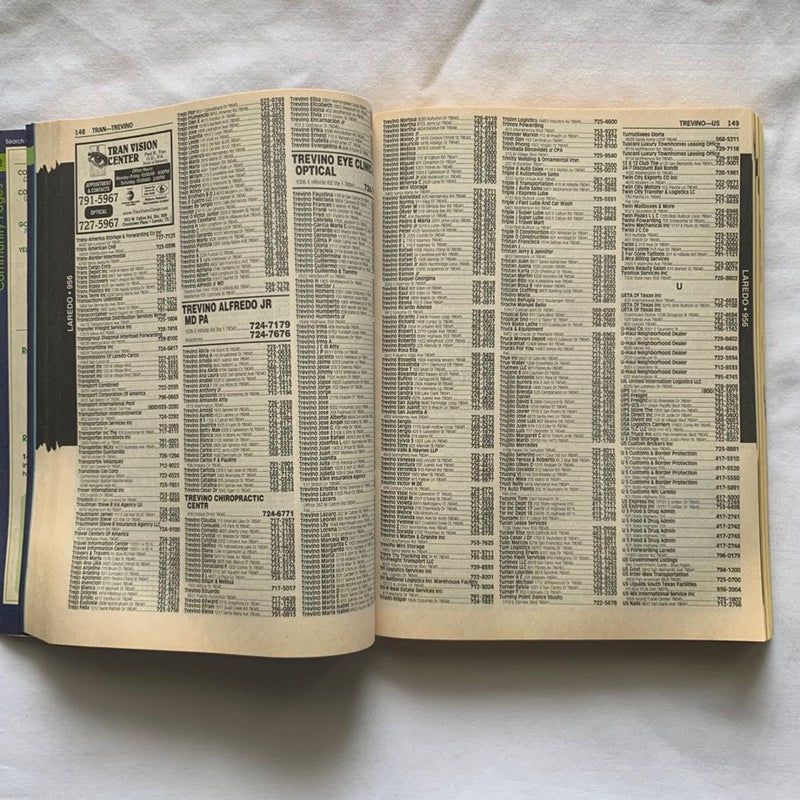
Ah, the white pages—a sea of names and numbers. For those seeking residential contacts, this section was the holy grail. Organized alphabetically by last name, it made finding people a breeze, assuming you knew how to navigate its ocean of entries.
Back in the day, you could discover long-lost friends or even make new ones, all thanks to this trustful alphabetical listing. It was a simpler time when you could find your neighbor’s number without a single tap or click.
Imagine explaining to Gen Z that once, people had their phone numbers and addresses publicly printed. Privacy? What’s that? This was transparency at its finest, wrapped up in thin pages of ink and hope.
3. Yellow Pages
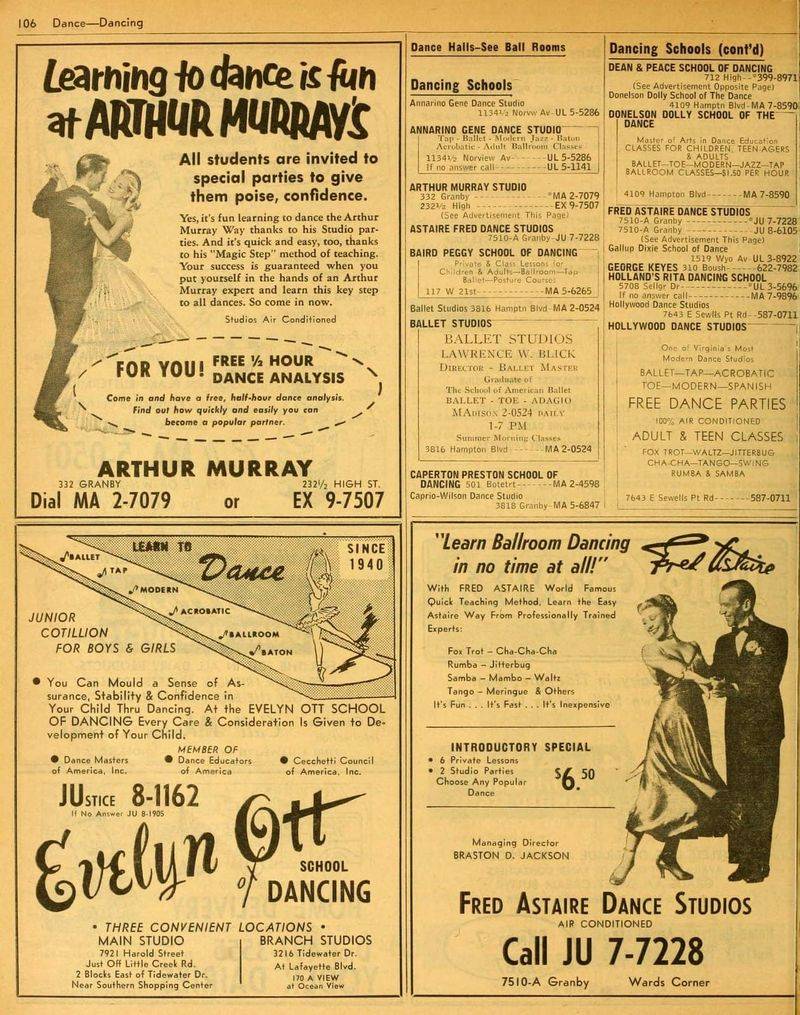
The Yellow Pages were where businesses strutted their stuff. Imagine a bustling marketplace, but in book form. From plumbers to pizza places, these pages were the original Yelp, helping folks find local services with ease.
But it wasn’t just about finding a business. Oh no! It was about the eye-catching ads that grabbed your attention. The brighter, the better! Some were so flashy they could light up Times Square. This was old-school advertising at its finest.
Business owners would go to great lengths to stand out, from bold fonts to quirky logos. It was a colorful contest of creativity—a race to be the most memorable listing in town. Move aside, digital marketing; retro ads had it going on!
4. Reverse Lookup

Reverse lookup was like magic for inquisitive minds. Found a mysterious number scribbled on a napkin? This feature let you trace it back to a name or address, long before the internet made such sleuthing a breeze.
It was the Sherlock Holmes of phone book features, solving mysteries with just a page flip. All you needed was a street name or a partial number, and voila! The answer appeared before your very eyes.
Think of it as a detective’s best friend, now replaced by online search engines and apps. But back then, it was pure detective work on paper—no fancy gadgets required, only your wits and a trusty phone book.
5. Operator Assistance
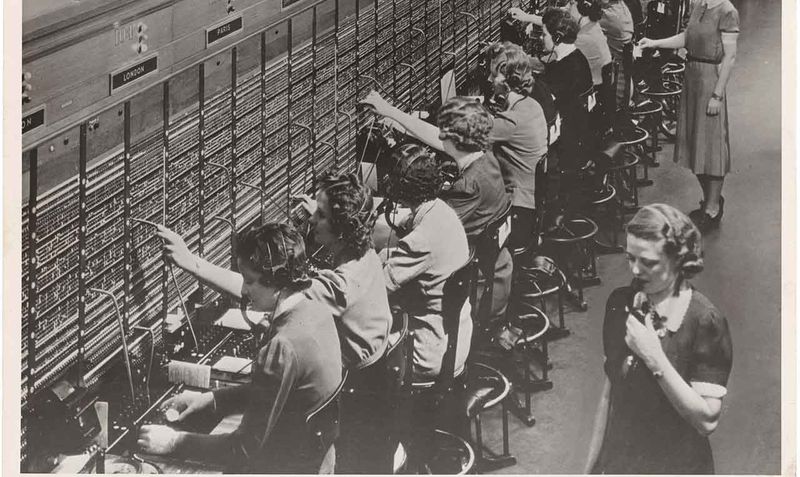
Operator assistance was the human touch in a tech-driven world. Dial ‘0’ and voila—an actual person on the other line, ready to assist with finding numbers. It was like having a personal concierge, minus the fancy hotel.
These operators were the unsung heroes of the phone book era, connecting calls and solving queries with grace and efficiency. A friendly voice amidst the chaos of numbers and lines.
Today, the role of operators has diminished, but back then, they were the link between chaos and connection—the original customer service representatives with a smile in their voice. A relic now, but once a crucial part of communication.
6. Area Codes
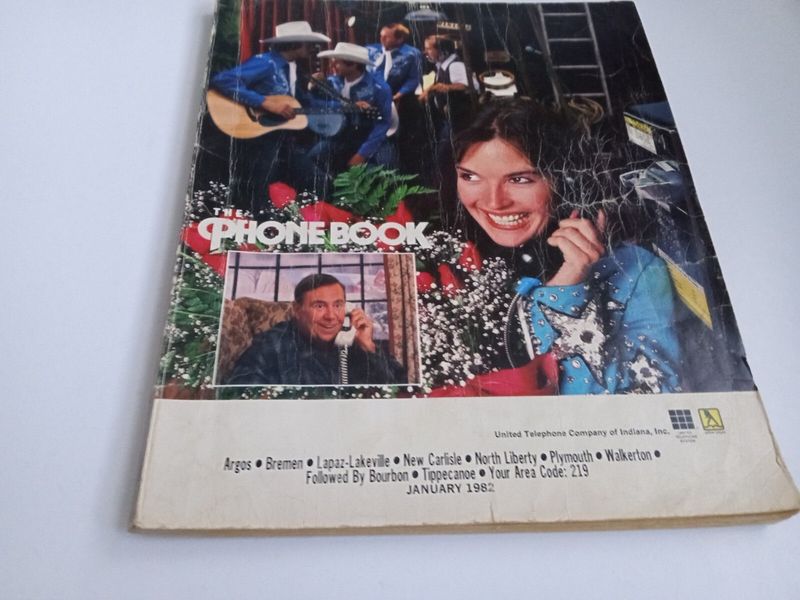
Remember when dialing long-distance was an event? Enter area codes—a three-digit portal to faraway places. With these, you could connect across the country or even overseas, opening the world from your living room.
Every journey started with an area code, making each call feel like a mini-adventure. It was part of a ritual, dialing those numbers and waiting for the connection to click.
Though now a mundane part of phone numbers, area codes once held the promise of distant voices and new connections. Three little digits that could bridge cities and hearts, binding us together in a web of numbers.
7. Emergency Numbers

In emergencies, seconds count, and back in the day, phone books had your back. Emergency numbers were prominently listed, a quick lifeline in times of need. A simple flip of the page could save the day.
From police to fire departments, these numbers were a beacon of hope, providing crucial contacts when it mattered most. No need for frantic searches—just a calm, organized listing to guide you.
For peace of mind, these pages offered reassurance, ensuring help was always within reach. An unsung hero, quietly waiting to be called upon when urgency struck.
8. Business Hours
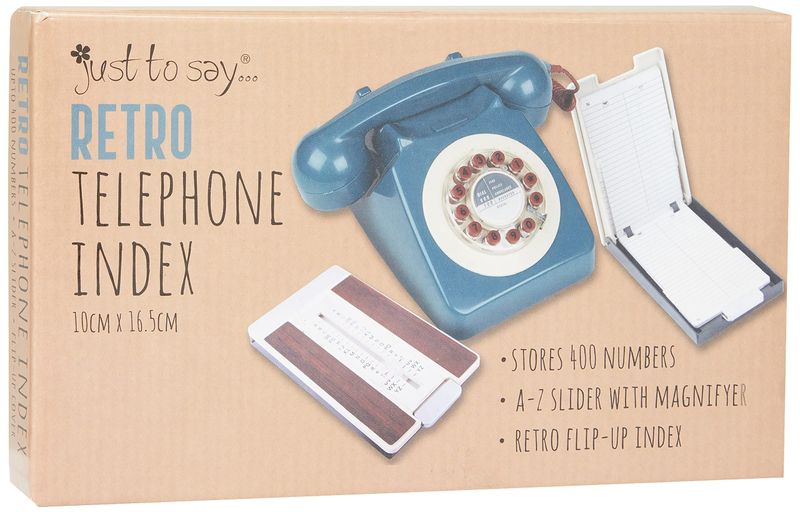
Business hours in phone books were a godsend. No more guessing when the bakery opened or if the hardware store was closed on Sundays. These listings were straightforward and honest, like a good neighbor.
Every entry had its specific hours, helping you plan your day with precision. It was like having your very own timekeeper, ensuring your errands ran smoothly.
Now, with digital searches, such details are just a click away. But back then, these pages were a glimpse into the rhythm of daily life—a simple yet essential guide for the organized and the forgetful alike.
9. Advertising
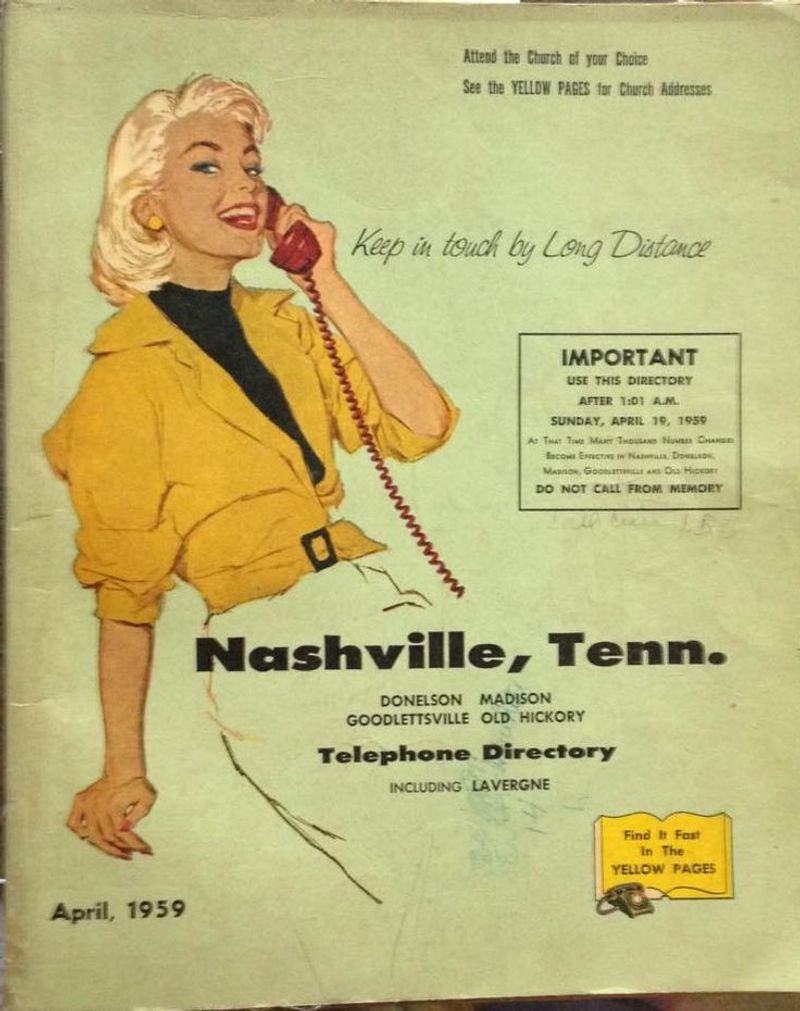
Before online ads, businesses got creative with phone book advertising. These pages were a kaleidoscope of colors and catchy slogans, vying for attention in a sea of listings.
Each ad was a mini masterpiece, designed to capture imaginations and wallets. From bold graphics to witty taglines, it was a competition of cleverness—a showcase of local entrepreneurs’ flair.
In this analog arena, creativity reigned supreme. Without digital tools, every element was hand-crafted, making each page a testament to ingenuity and style. An analog art form that paved the way for the digital age of marketing.
10. Local Maps
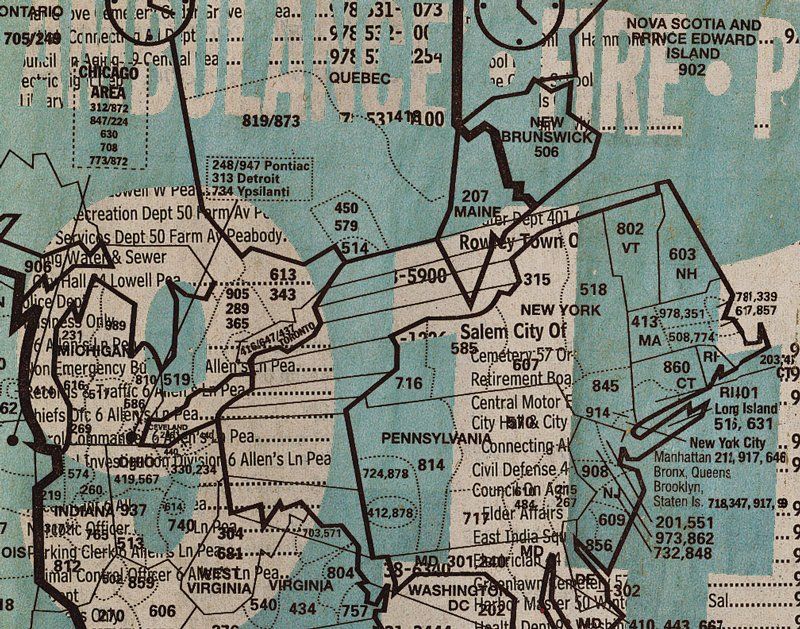
Lost? Not with local maps in your phone book. These handy guides turned a simple directory into a navigator’s best friend, making sure you never missed a turn.
Maps in phone books were the GPS of their time. They offered a bird’s-eye view of your surroundings, all without satellites or screens. Simply paper and ink guiding you home.
With these maps, exploration was an adventure, not a gamble. They were a trusty companion, whether you were new in town or just trying to find a new coffee spot.
11. Community Information
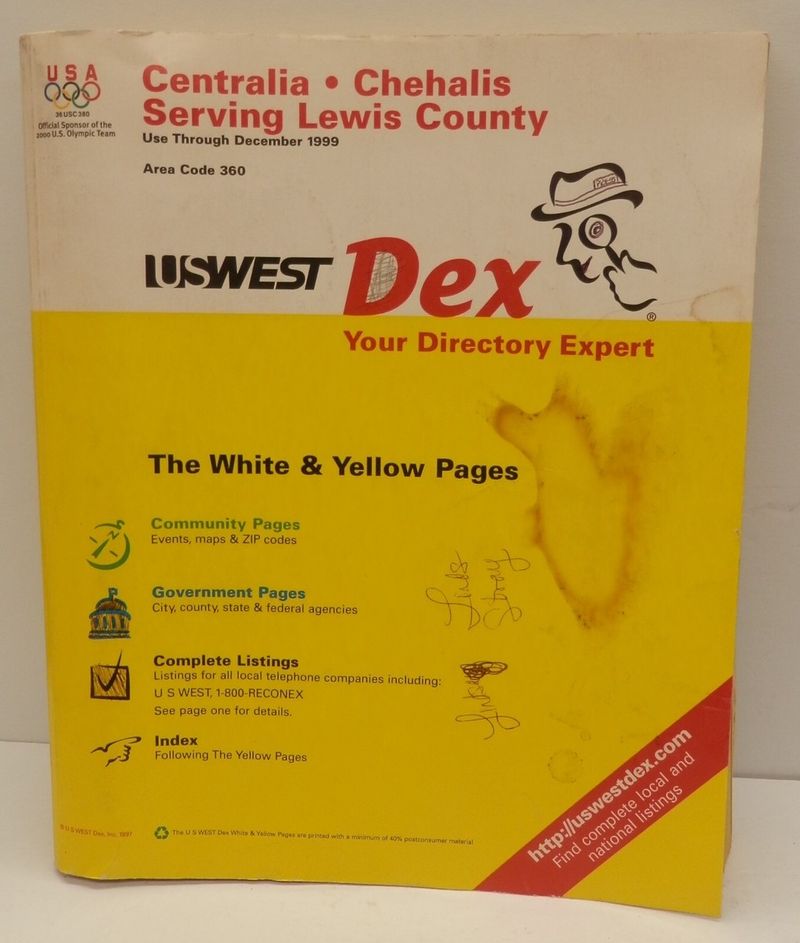
Phone books were more than numbers—they were community hubs. Packed with information about local government offices, schools, and centers, they were the Wikipedia of their time.
These pages connected residents to vital services and resources, strengthening community ties. It was a guide to local life, fostering a sense of belonging and awareness.
Before the internet, phone books were our social networks, silently bridging the gap between individuals and their communities. A testament to the power of print in promoting unity and access.
12. Emergency Procedures
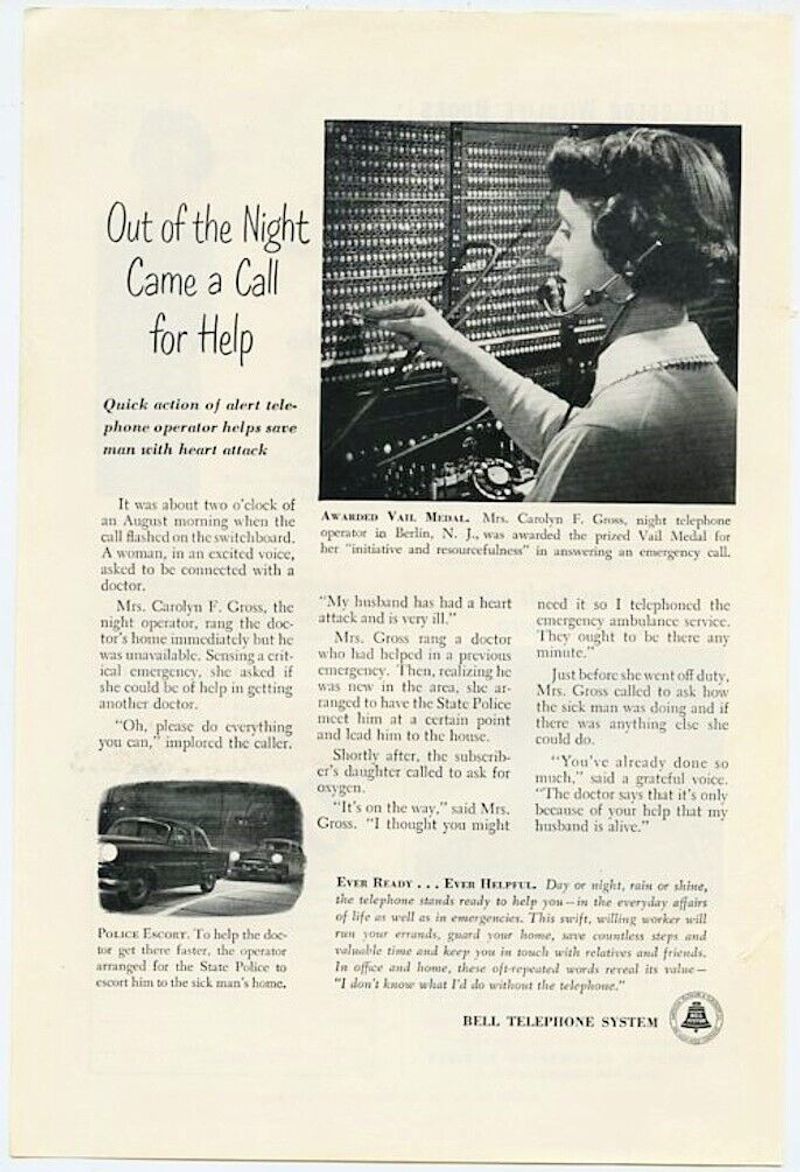
In a crisis, knowledge is power. Phone books included emergency procedures, offering guidance in times of trouble. First aid tips and safety instructions sat quietly, ready to lend a helping hand.
These pages were a lifeline, providing clear steps and reassurance when panic loomed. A silent partner in emergencies, offering the comfort of preparedness.
As our world moves digital, these humble tips remind us of the enduring value of accessible knowledge. A comforting presence, ensuring safety was just a page away.
13. Subscription Services
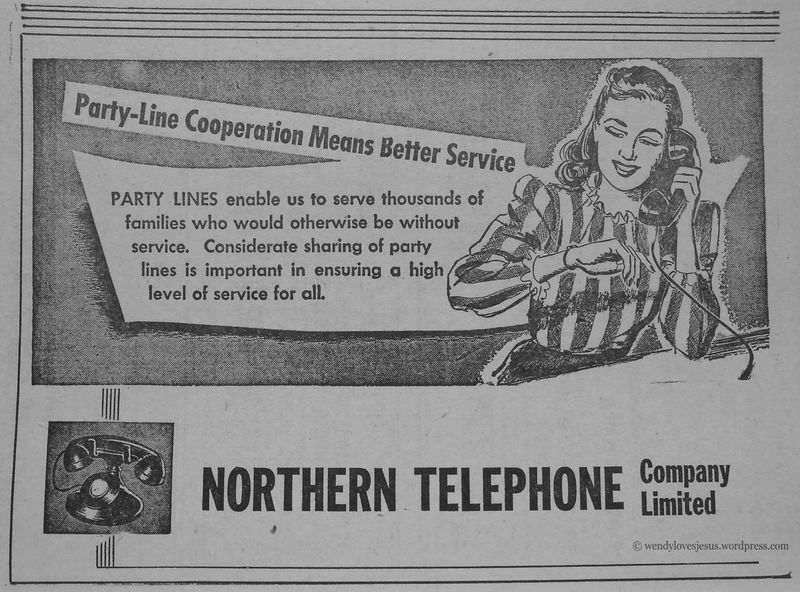
Keeping up with the times meant subscribing to updated phone books. A quaint but essential service, ensuring you had the latest numbers and addresses.
Subscribers received fresh editions, packed with new listings and changes, a precursor to the ‘update’ button. It was like receiving a new map of your world every year.
This service ensured you stayed connected, a lifeline in the evolving landscape of social connections. A tangible reminder that change was constant—and manageable.
14. Local Events

Phone books knew how to keep the community buzz alive. Listings of local events and activities sprinkled their pages, bringing people together through shared experiences.
These event listings were the original social media feed, highlighting the vibrant life of a community. From fairs to fundraisers, they were a window into local happenings.
Attending a listed event meant stepping into the heart of local culture—a chance to connect and celebrate. A testament to the enduring power of community spirit, right there in black and white.
15. Personal Ads
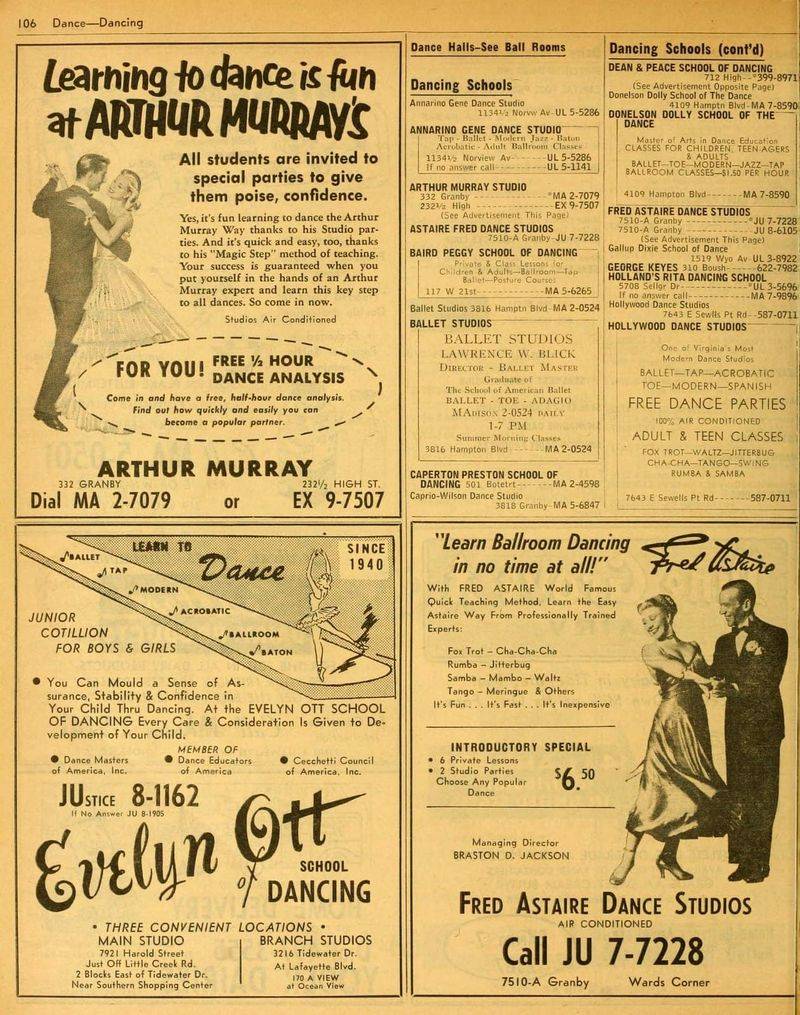
Before online dating, love found its way through personal ads in phone books. These listings were portals to connection, filled with hope and curiosity.
A line or two could spark a new romance or friendship, crossing paths through the printed word. Each ad was a whisper to the universe: ‘Here I am.’
In an age before swipes and likes, this was connection in its purest form. A reminder that even in print, human hearts could reach out and find each other.
